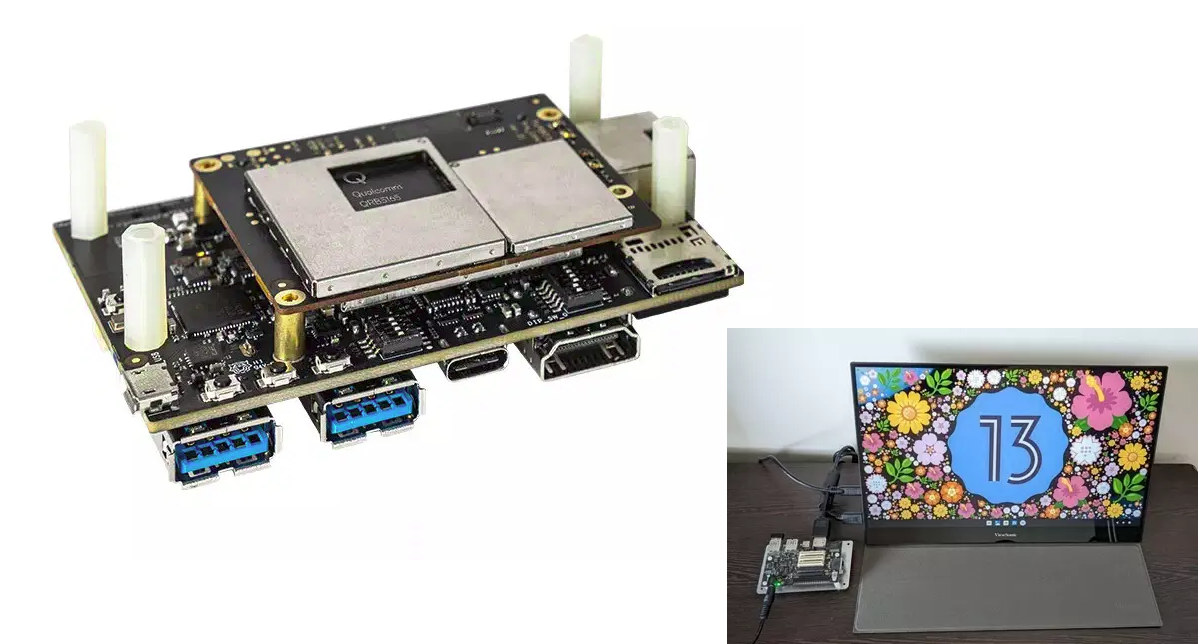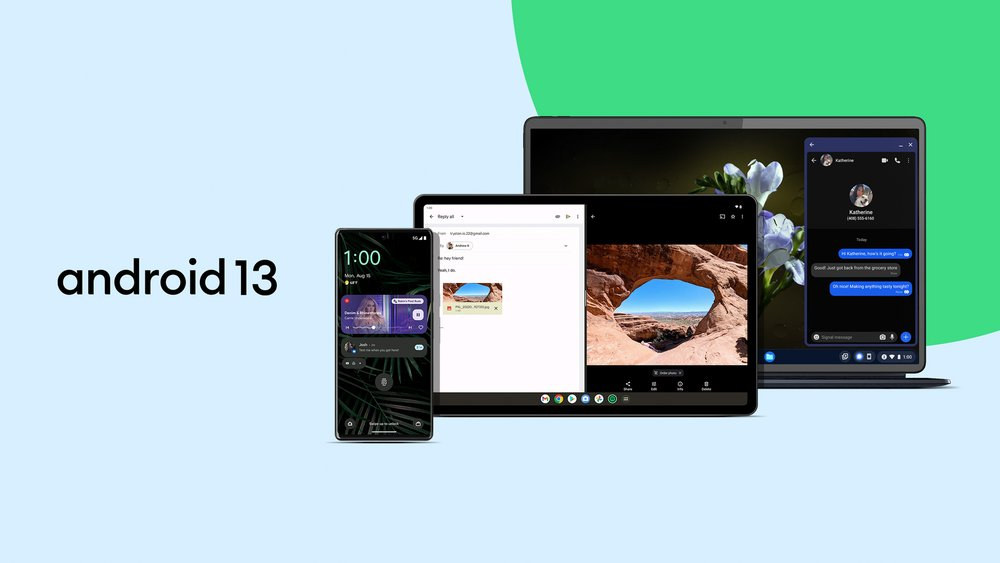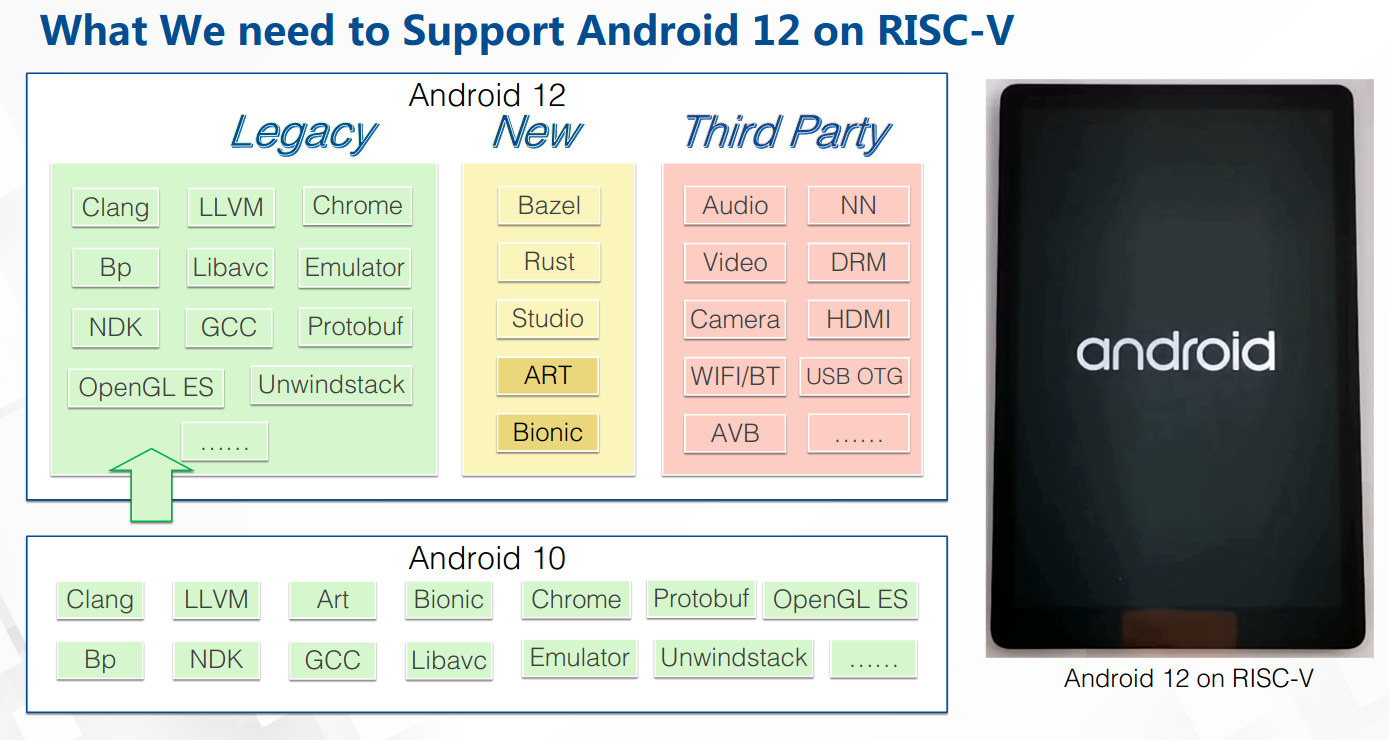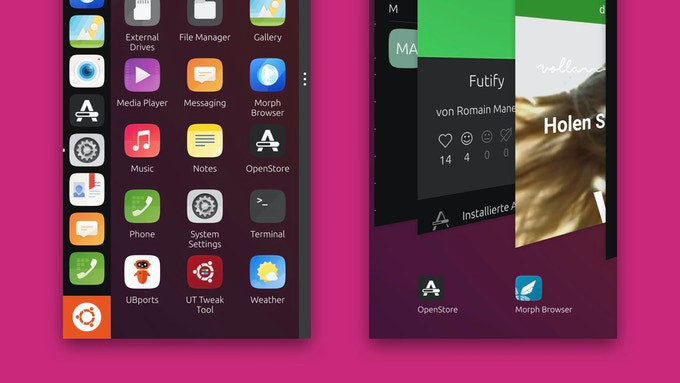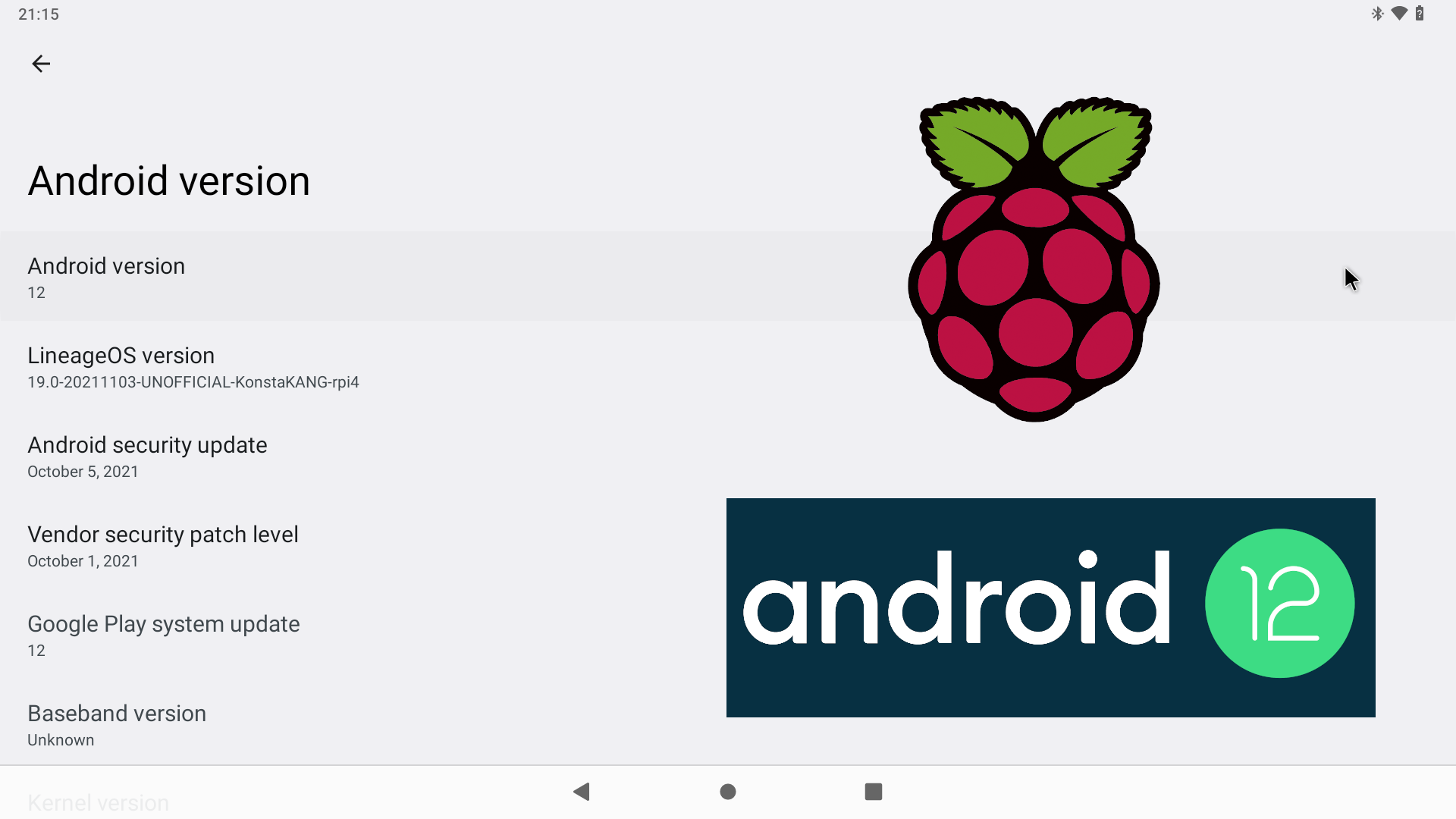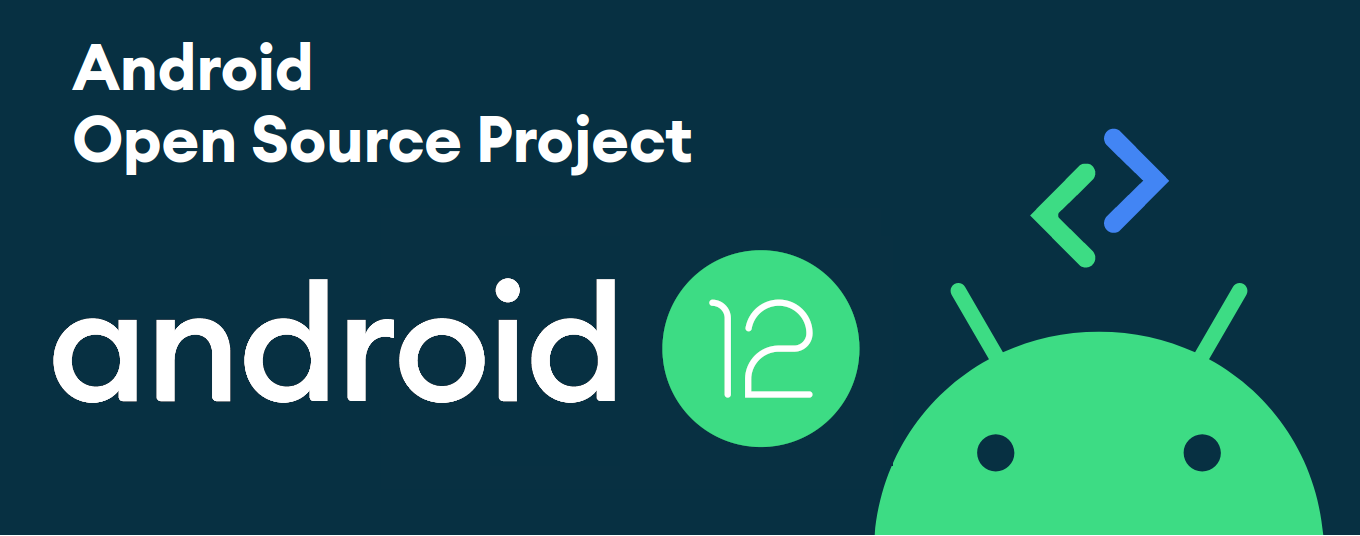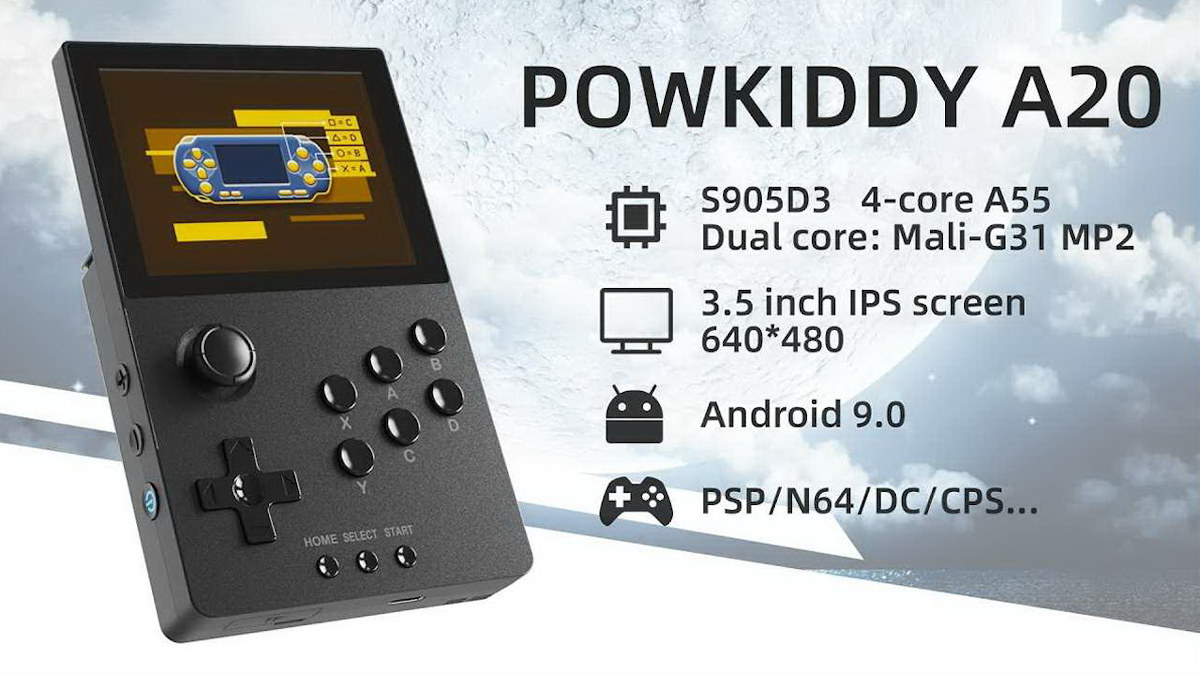Android 15 will only become available on supported Pixel devices in the coming weeks, and on other phones in the next couple of months, but Google has already pushed Android 15 source code to AOSP (the Android Open-Source Project). We already documented some of the main changes in Android 15 when the first developer preview was released in February 2024. These included improvements related to privacy and security, the addition of the partial screen-sharing feature, camera and audio improvements, and some performance optimizations. You should be able to retrieve the Android 15 source code from AOSP with the following commands:
|
1 2 |
repo init --partial-clone -b android-15.0.0_r1 -u https://android.googlesource.com/platform/manifest repo sync -c -j8 |
Android 15 is based on Linux 6.6 LTS, so Android 15 SDKs from silicon vendors will likely be offered with Linux 6.6, although I can see Linux 6.1 is also an option. It’s also possible to browse Android 15 source code without downloading several GB of data to your […]



